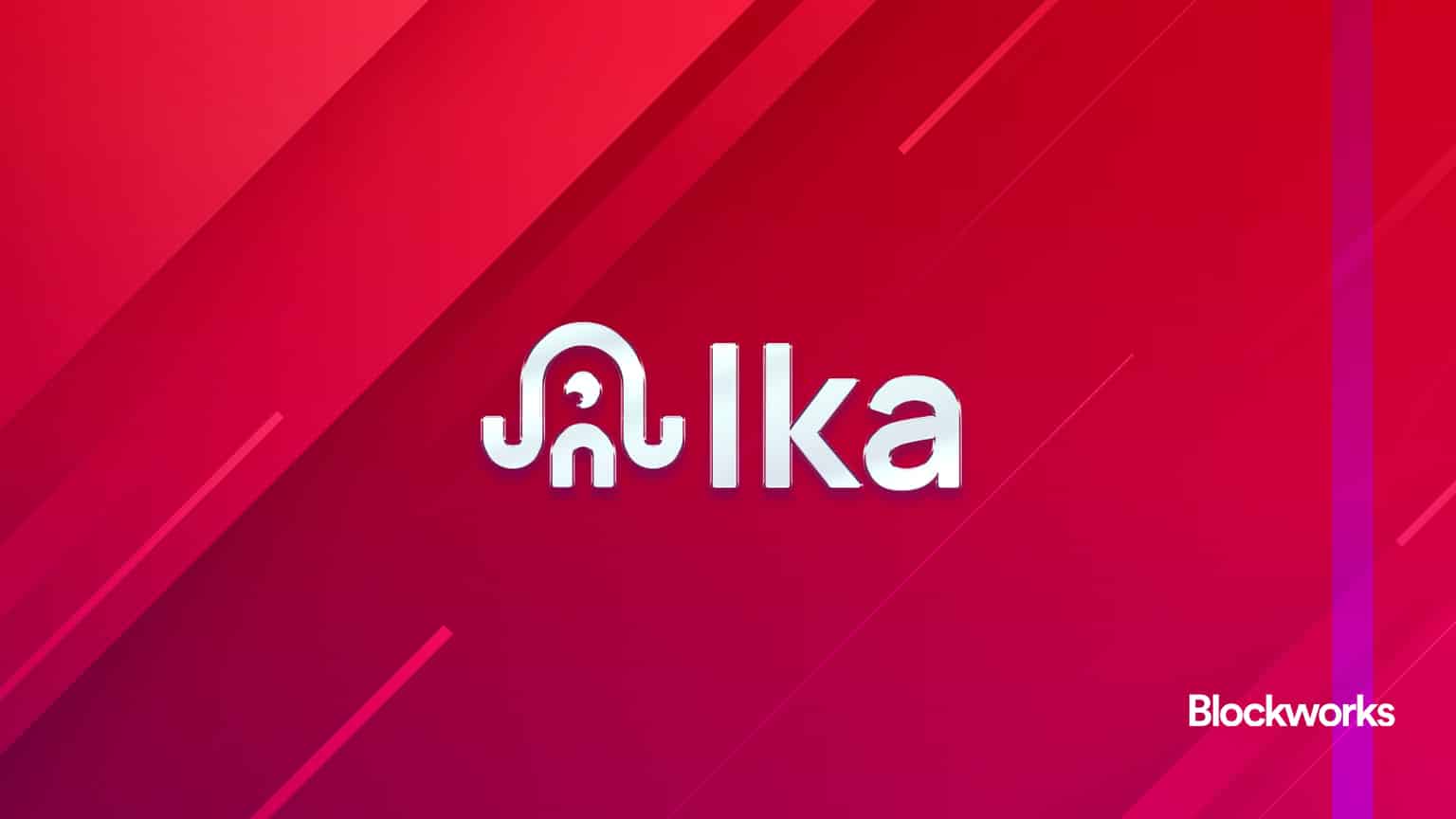Hal Finney’s Wife Sets ‘Running Bitcoin Challenge’ for ALS Research
The wife of late computer scientist and early adopter Hal Finney hopes to raise $50,000 in bitcoin to help find a cure for ALS

DALL-E modified by Blockworks
Hal Finney, one of the earliest bitcoin contributors, died eight years ago from complications of nervous system disease amyotrophic lateral sclerosis (ALS).
His spouse, Fran Finney, is now organizing a half marathon to raise funds for ALS research via bitcoin.
The “Running Bitcoin Challenge” is set to take place between Jan. 1 and Jan. 10. The timing of the occasion leads up to the anniversary of Hal Finney’s “Running bitcoin” tweet, in which Finney famously disclosed he was deploying a Bitcoin node.
There is no set location — participants can choose to join anywhere they wish. Players are encouraged to either run, walk, roll or hike the equivalent of a half marathon (Hal’s favorite distance) either in one go or over the entire 10-day period.
Donors contributing at least $100 will receive an official shirt with the half marathon’s logo, while the event’s top 25 fundraisers will get a Hal Finney collectible signed by his wife.
As of Wednesday morning, the event has already managed to secure nearly $10,000 in bitcoin donations.
An advocate of cryptography and digital privacy, Finney was the recipient of the first-ever bitcoin transfer from the network’s pseudonymous creator Satoshi Nakamoto.
The bitcoin community often suspected Finney was Nakamoto, a claim he consistently denied. He reportedly found out about his condition in 2009 and decided to move away from the project.
Before his illness, Finney was an active marathon runner and had raised funds for ALS research himself. A few days after his death, prominent members of the bitcoin community including Erik Voorhees set up a bitcoin fund in his name for the same cause.
ALS, more commonly known as Lou Gehrig’s disease, is a rare motor neuron disease affecting the nerve cells in the brain and spinal cord. The cause cannot be determined in most cases. Currently, no cure exists.
Finney died in August 2014 at the age of 58. His body was cryonically preserved with life extension non-profit Alcor.
“We are determined to find a cure for this devastating condition and any support you can provide will make a big difference,” Fran Finney said.
Fran Finney took control of her husband’s Twitter account earlier this month so it could avoid “being purged” by Elon Musk’s new policies for the micro-blogging site.
Get the news in your inbox. Explore Blockworks newsletters:
- The Breakdown: Decoding crypto and the markets. Daily.
- 0xResearch: Alpha in your inbox. Think like an analyst.






